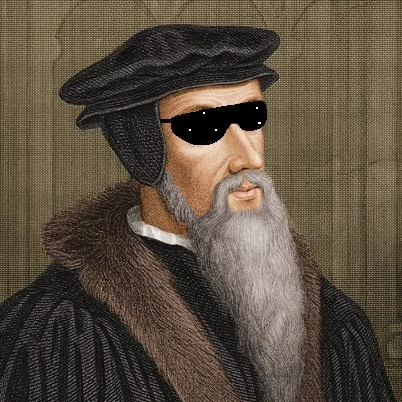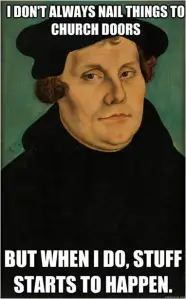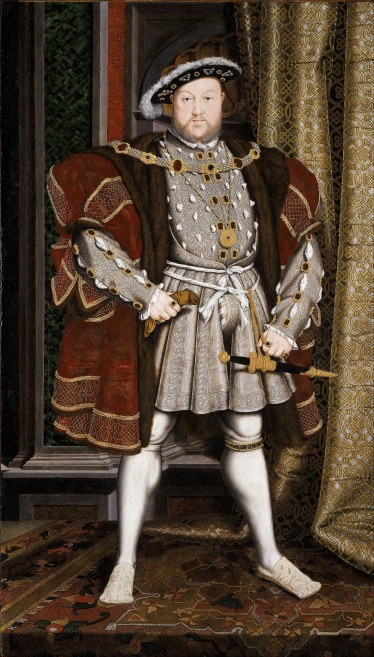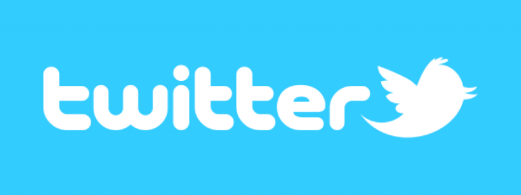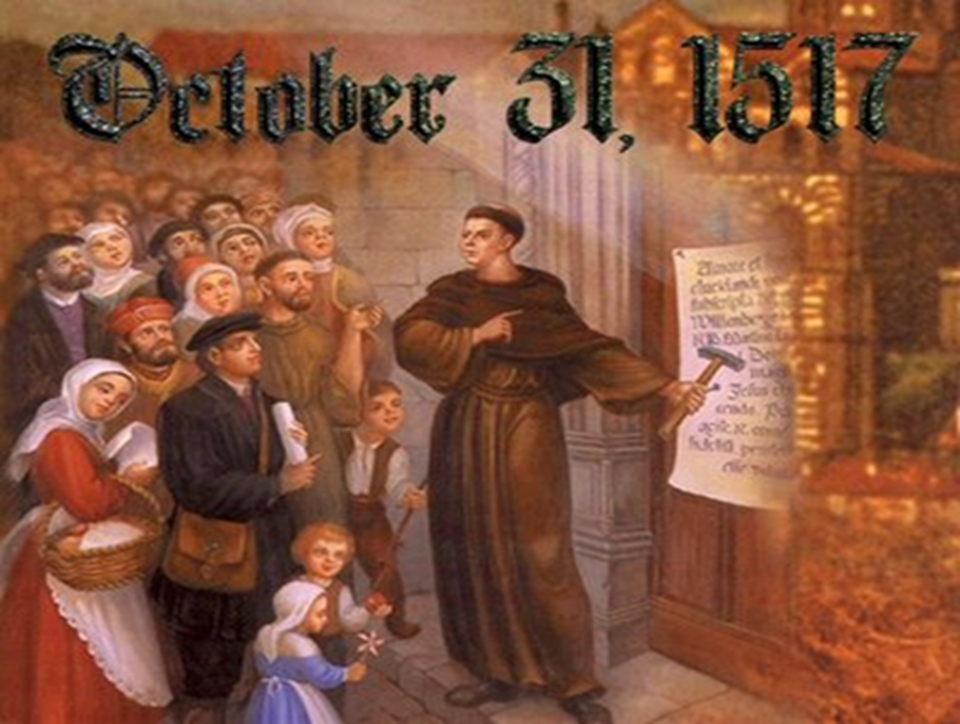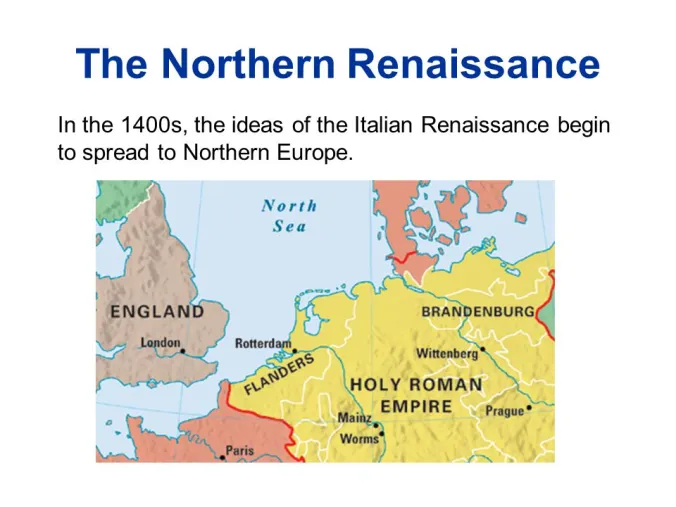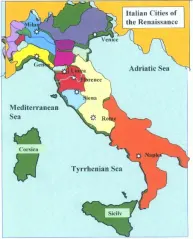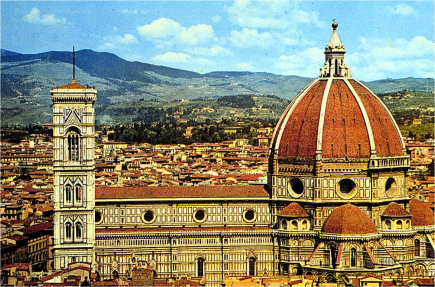
We will complete exploration with an examination of the Scientific Revolution. We will look at the debate over the geocentric and heliocentric theories and the contribution of Copernicus. We will also look at other scientists & thinkers who impacted history through their investigation and discoveries. We look at the contributions of Brahe and Kepler in astronomy & mathematics,Vesalius & Harvey in medicine & anatomy, and Robert Boyle in chemistry. But we shall pay special attention to the contributions of Galileo Galilei and Isaac Newton. Watch the video below in which the famous astronomer Neil deGrasse Tyson talks about the importance of Isaac Newton.
Scientific Revolution Textbook Reading
Scientific Revolution Part One PowerPoint
Scientific Revolution Part Two Power Point

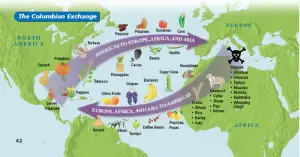


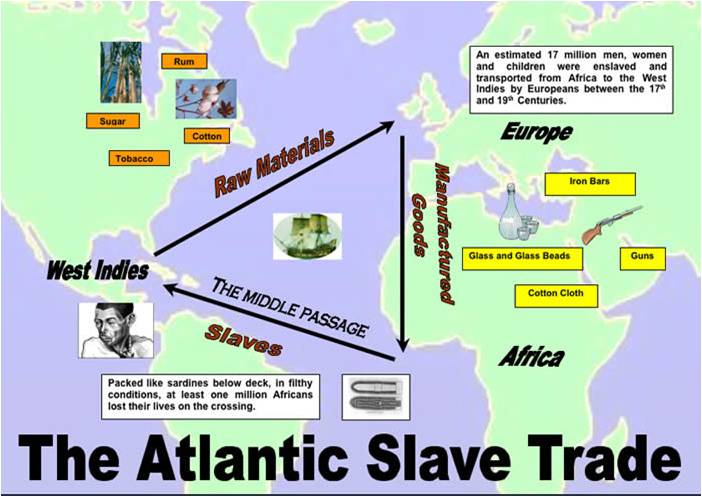
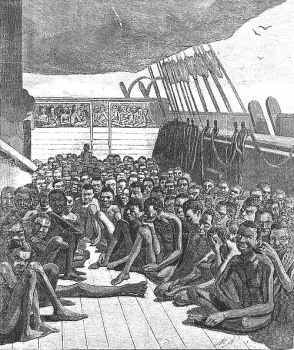
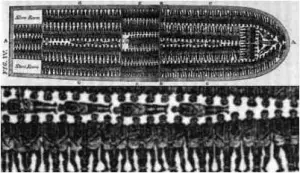

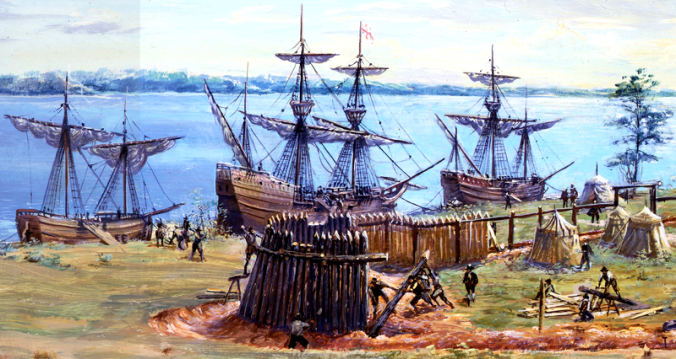
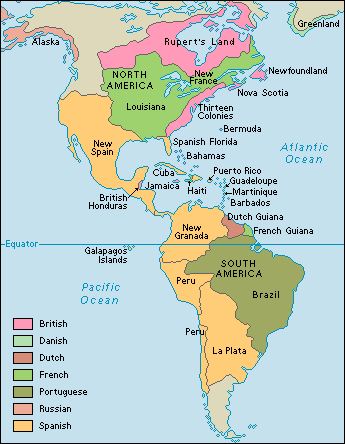
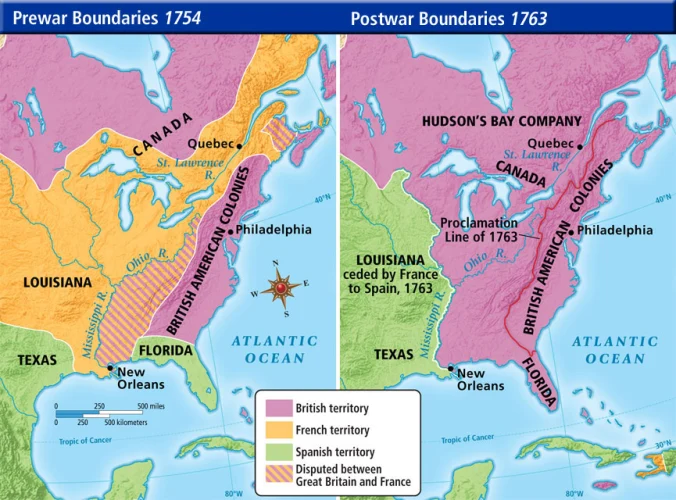

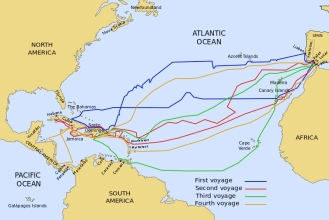
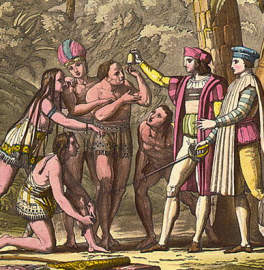
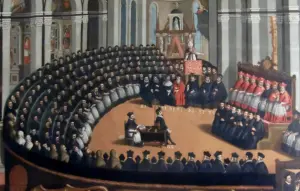
-the-vision-of-saint-ignatius-of-loyola.jpg)
